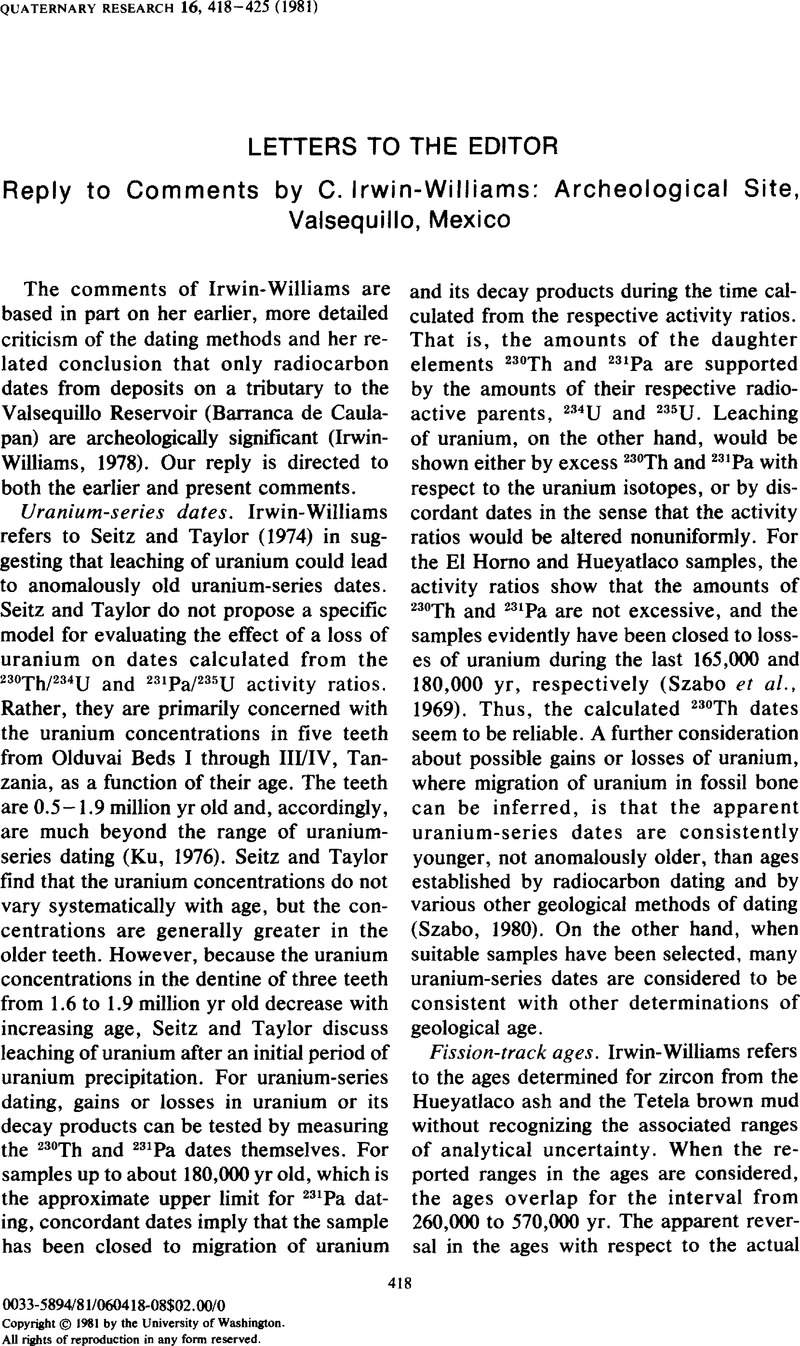Crossref Citations
This article has been cited by the following publications. This list is generated based on data provided by Crossref.
Webb, Mark Owen
and
Clark, Suzanne
1999.
Anatomy of an Anomaly.
Disputatio,
Vol. 1,
Issue. 6,
p.
2.
Gonzalez, Silvia
Huddart, David
and
Bennett, Matthew
2006.
Valsequillo Pleistocene archaeology and dating: ongoing controversy in Central Mexico.
World Archaeology,
Vol. 38,
Issue. 4,
p.
611.



